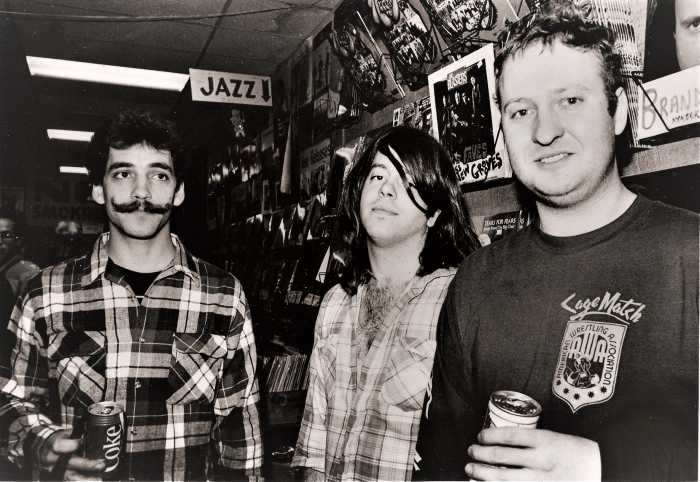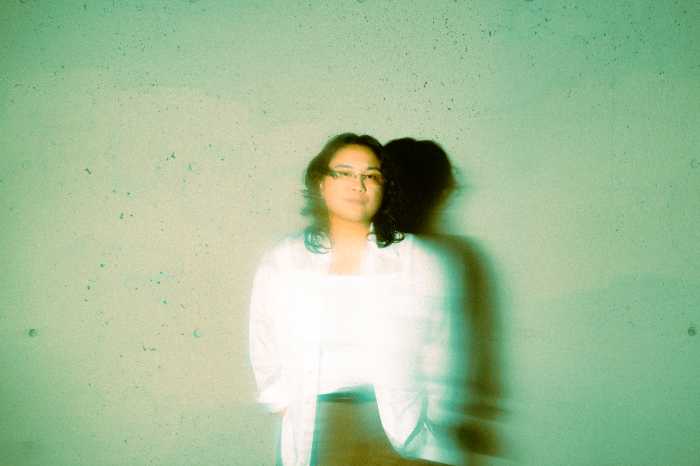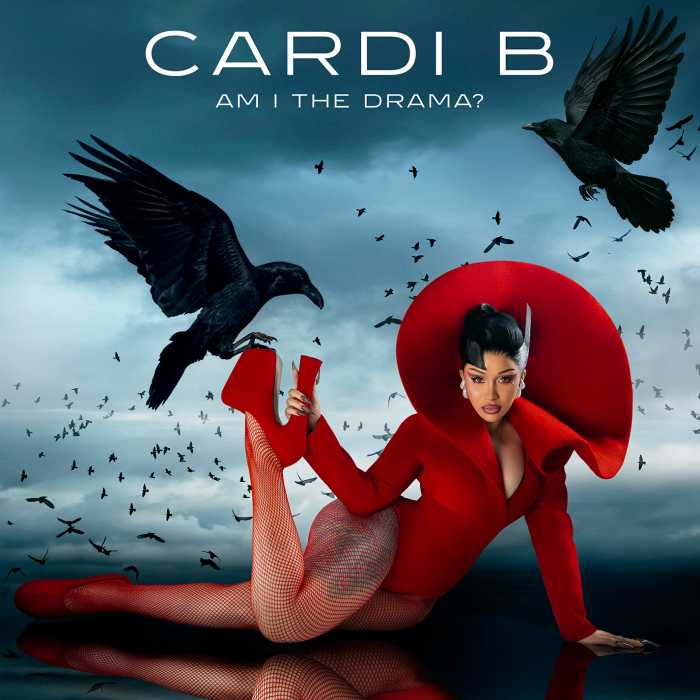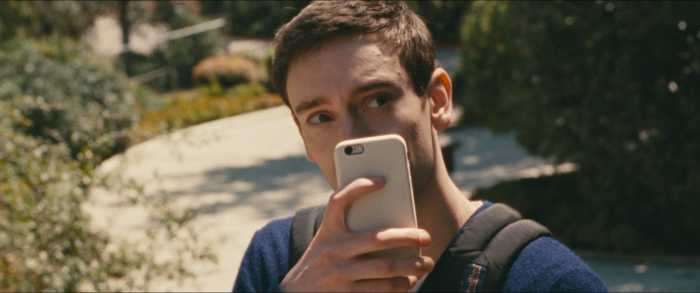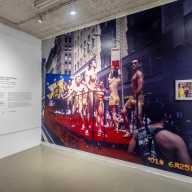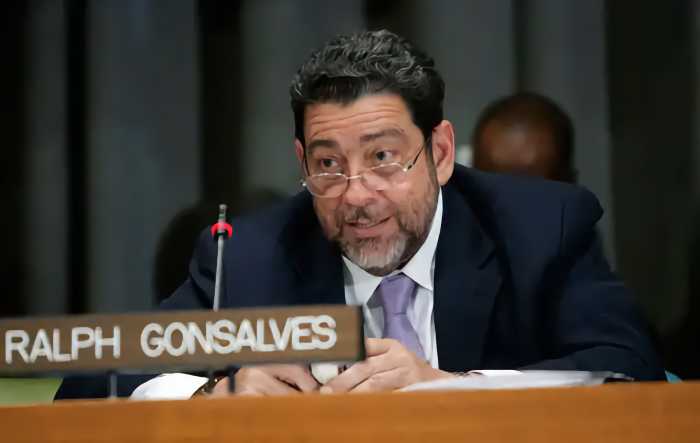Had she survived her self-created tragedies, Maria Callas would have turned 84 this month. Instead, the controversial soprano, many of whose operatic recordings remain unsurpassed, died in 1977 of “natural causes” — translation: from a broken heart and overuse of sleeping pills and other drugs.
Looking back on a staggering icon who left us years before her departure.
Her death came three years after the end of her ill-advised comeback tour with tenor Giuseppe di Stefano, and 12 years after precipitous vocal decline forced her departure from the operatic stage.
To those who still speak of opera in terms of B.C. and A.C., physical passing came long after the voice that redefined opera had left Callas' body.
MARIA CALLAS:
THE COMPLETE STUDIO RECORDINGS
70-CD set (2007)
EMI Classic Archive
THE ETERNAL MARIA CALLAS
DVD (2007)
EMI Classic Archive
THE CALLAS CONVERSATIONS
DVD
Vol. I (2003)
Vol. II (2007)
EMI Classic Archive
My own discovery of Callas came by way of two commercial recordings. The first, a 1964 recital of Rossini arias, reduced a youth to laughter when florid runs were capped by hideous, wildly wobbling high notes. “This is the Callas everyone raves about?” I wondered.
Nonetheless, Callas' iconic status impelled another try. As a college senior, I purchased her 1953 complete recording of Puccini's “Tosca” — the EMI recording by which all other “Toscas” are judged. Two and a half minutes after the first tenor aria, “Recondita armonia,” I heard a strange, muffled sound. I couldn't identify it, but I literally saw sparks flying before my eyes. As the source moved closer to the microphone and the name “Mario” became clear, I was shocked to discover the fiery voice of Maria Callas.
But fire was only one aspect of the Callas genius. Revisiting her artistry by way of EMI's new 70-CD box set, “Maria Callas: The Complete Studio Recordings,” we are reminded that the voice of the Tigress was also capable of the most heart-breaking and pathetic utterances, limpid coloratura, florid trills, and astoundingly high, sustained climaxes.
Callas' very first studio recital, recorded shortly after she had turned 26, featured both Wagner and florid, soaring Bellini. Her early Cetra recordings — the 1949 first recital, 1952's “La Gioconda,” and the 1953 “La Traviata” — are available both in the EMI box and a six-CD Fonit-Cetra set from Warner Music. Warner also distributes a two-CD set “Maria Callas: Birth of a Diva – Legendary Early Recordings” that pairs the first recital with excerpts from those same operas.
Warner eliminates most swishing of the recital's 78 grooves, doctoring the sound in the process, while EMI retains the raw truth of voice and offers fuller sound. Only EMI remasters Callas' final studio recording for Cetra, the complete Cherubini “Medea” that also stars a young Renata Scotto. EMI supplies a CD from which you can download librettos, translations, and a curious collection of 20 photos, while Warner leaves non-Italian speakers and those who cannot decipher Callas' muffled midrange in the dust.
The unconventional sound of the American-born Greek soprano's voice caused shock waves upon her emergence in the 1940s. Huge, intensely dramatic, with a mezzo-like solidity in the low range and a phenomenal, steely high extension, Callas' precedents, if any, lay in the unrecorded legendary soprano coloraturas of the 19th century, Maria Malibran and Giuditta Pasta. Nor had anyone since the great Lilli Lehmann attempted to sing Wagner one night, and high coloratura the next.
Callas began studying with her main teacher, coloratura Elvira de Hidalgo, shortly before her 16th birthday. De Hidalgo has said of their first meeting that the overweight, awkwardly dressed teenager with heavy-rimmed glasses produced “tempestuous, extravagant cascades of sounds, as yet uncontrolled but full of drama and emotion.” She immediately granted Callas a full scholarship.
A subsequent conductor and mentor, the legendary Tulio Serafin, realized that the astounding dramatic soprano was also capable of agile, high-flying coloratura. But while every recorded coloratura before her had emphasized sweetness of timbre and purity of emission over drama, Callas revolutionized interpretation of 19th century bel canto repertoire (Bellini, Donizetti, Rossini, Cherubini, and the like) by singing with full, gutsy emotional commitment and tones that often stunned more than they pleased.
Callas of course attracted attention for far more than her voice, artistic genius, and mesmerizing stage persona. Besides her rapid weight loss, and transformation from an ungainly woman to one of the most glamorous and arresting sopranos of the stage, her ascent to operatic and public stardom was from the start beset by controversy.
Given her demands to fire a co-star who held a note longer than she; her intentional upstaging of tenor Kurt Baum in Mexico City performances of “Aida” by holding a blazing high E-flat for 10 phenomenal seconds; the infamous lips-flared, snarling photo of the Tigress confronting a summons-server at the Chicago Opera House; her 1958 opening night walkout from “Tosca” at the Rome Opera House that left Italy's premier high and dry; and her subsequent dismissal from the Met, Callas became mired in scandal after scandal.
Factor in her ditching of husband Giovanni Battista Meneghini for shipping magnate Aristotle Onassis, and Onassis' subsequent ditching of Callas for Jackie Kennedy, and you've got the stuff that every dirt-digger longs for.
To her detriment, Callas' myopic handling of her public and personal life increasingly became fodder for the press, which hounded her consistently, magnifying the publicly defiant but privately fragile diva's every misstep. The soprano, who often approached operatic performance as combat, seemed incapable of seeing what she was creating, and engendered yet more controversy. All this took a toll on a voice that some believe was controlled only through sheer willpower and psychic determination.
Callas' life ultimately became a huge psychodrama in which a tragedy befitting an operatic heroine was acted out in public. For those who value art over spectacle, the decline of this consummate artist was heartbreaking.
Three EMI DVDs make essential viewing. “The Eternal Maria Callas” features a much-too-short documentary that begins with conductor Carlo Maria Giulini questioning whom the real Callas was. It also includes excerpts from filmed interviews. Its essential concert footage, mostly filmed during the years of decline, begins with an unmissable, new-to-DVD “Casta Diva” filmed in Rome on New Year's Eve 1957. Even with a full orchestra and chorus behind her, Callas looks so fragile and alone at the start of the aria as to make one weep. Watch her smile as she produces extraordinary, feather-light descents in the middle of the aria.
Also essential are “Maria Callas: The Callas Conversations,” Vol. I and Vol. II. These interviews, dating from 1964 through 1969, are as important for what Callas says as for what she conceals. Unfortunately, both DVDs are padded with excerpts from the same recitals included on “The Eternal Maria Callas.”
I'm also quite fond of the DVD documentary included with the EMI set, “Callas Life & Art,” as well as a host of other documentaries and a huge stack of biographies.
Finally, to fully understand Callas' greatness, search out the copious live recordings, though they often offer substandard sound. Pearl offers the best-sounding Lisbon “Traviata,” while EMI and Myto vie for supremacy in the rest. Listen to the live “monster” Martini & Rossi recitals, the astounding 1952 “Armida,” and the recitatives between arias to fully understand what made Callas so great.

